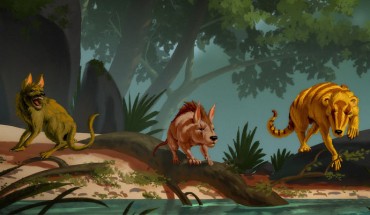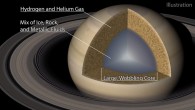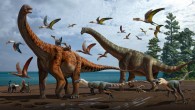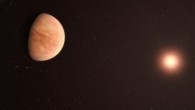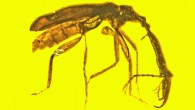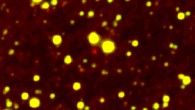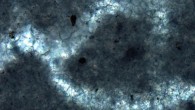Paleontologists have identified three new species of placental mammals called condylarths (archaic ungulates) from fossils found in Wyoming, the United States. Left to right: Conacodon hettingeri, Miniconus jeanninae, and Beornus honeyi. Image credit: Banana Art Studio. The newly-discovered archaic ungulates are Miniconus jeanninae, Conacodon hettingeri, and Beornus honeyi. These animals lived in what is now the United States between 66 and 63 million...

